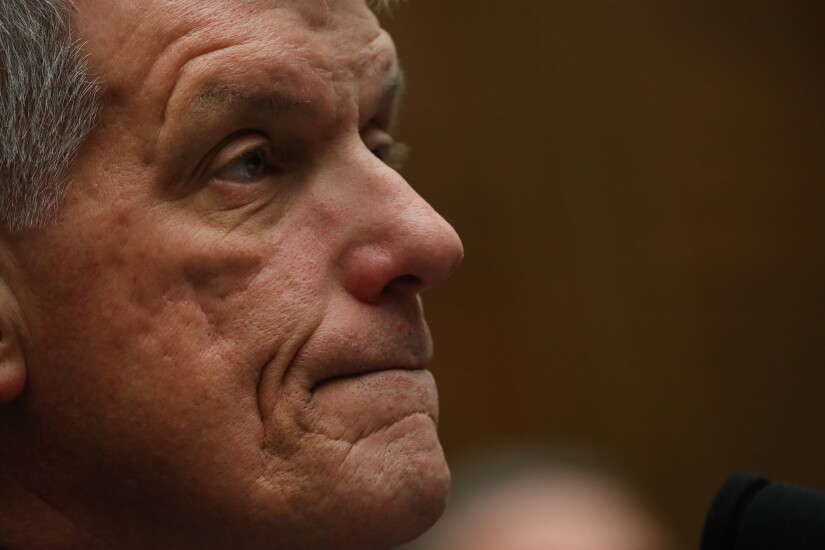Wells Fargo's fake-accounts scandal broke in September 2016, and the company insisted that an insider, Tim Sloan — who had come up primarily through commercial banking, not the tainted consumer banking operation — could fix the broken coporate culture that had existed under his successor, John Stumpf.
That argument was proved wrong Thursday after a lengthy period of employee firings, management purges, new discoveries of misdeeds, bad headlines and regulatory crackdowns.
Here are answers to three key questions about why Sloan left now, what role policymakers had in the decision and will continue to have in the company's future, and who in the world would want to be CEO of Wells Fargo.








